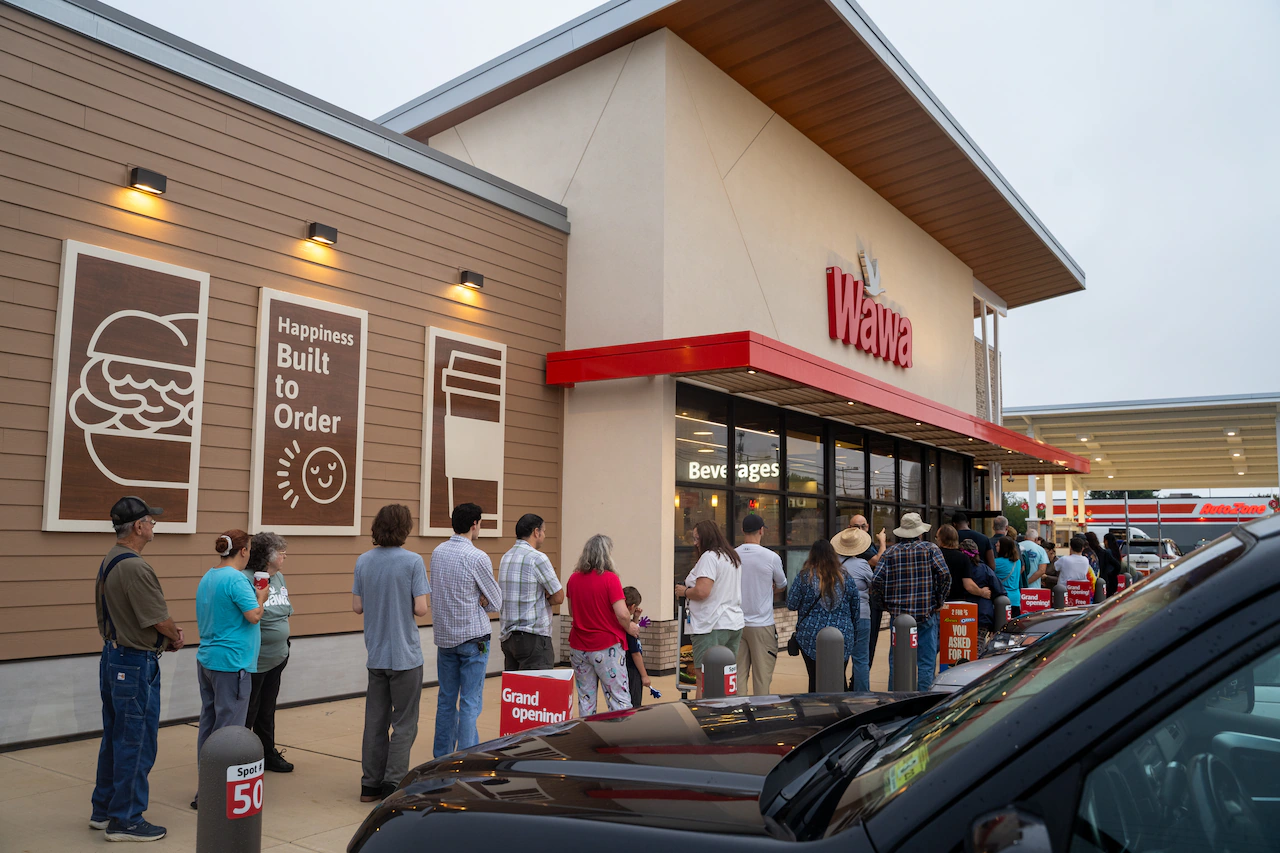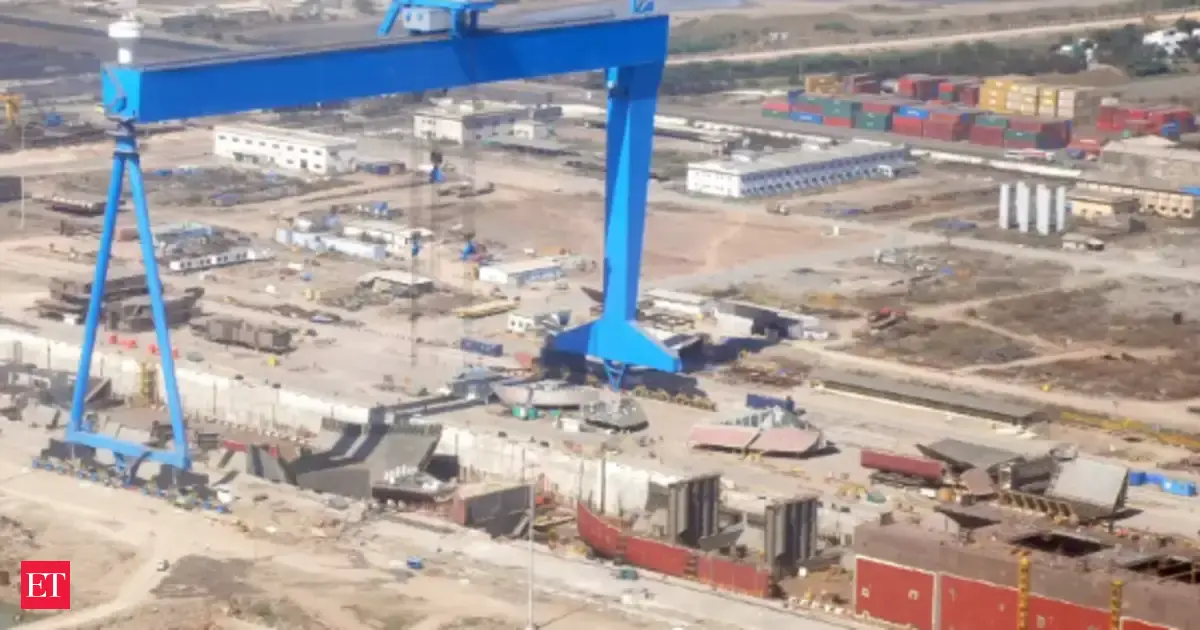
Who knew this would happen?
Fast food restaurants are losing early morning breakfast customers to convenience stores.
So, in a way, convenience stores have become a steady rival to fast food chains with shared methods, but convenience stores have gained a winning edge.
Hence the popular term, “reheating nachos.”
The proof is in the Chia seed pudding.
Morning meal traffic to fast-food chains rose 1% in the three months that ended in July, while visits to food-forward convenience stores climbed 9% within the same period, according to market research firm Circana.
“Over the long run, convenience stores have taken share, really at foodservice overall, but the morning meal has been their strong suit,” David Portalatin, Circana senior vice president and food service industry advisor, told CNBC, highlighting that the trend has largely been driven by what the group calls “food-forward convenience stores.”
For years, McDonald’s and its rivals have betted on themselves to attract consumers to eat their early morning offerings, hanging their hats on convenience and alluring items that will dwarf the options of diners. While fast food chains have made strides 87% of what consumers eat and drink in the morning comes from their own refrigerators or pantries, according to Portalatin.
That leaves some wiggle room for fast food chains.
Before the pandemic, fast food chains began witnessing a new rival for breakfast customers: convenience stores.
Regional chains such as Wawa in the Northeast and Casey’s General Store in the Midwest were expanding their reach and investing in their food service options, using the fast food chains’ playbook as inspiration for their own opportunity in the space.
For a moment, lockdowns and the shift to hybrid work reversed those market share gains. But in the three months that ended in July, food-focused convenience stores had once again gained the upper hand when it comes to serving consumers breakfast, according to Portalatin.
7-Eleven, the biggest convenience, or c-store, in the U.S., is planning to invest more in its prepared foods business, inspired by the success of its Japanese business. C-store chain RaceTrac on Wednesday announced that it’s buying Potbelly for about $566 million, but it’s unclear what its plans for the sandwich chain include beyond expanding its footprint.
Year-over-year morning traffic to fast food chains has fallen every quarter for the last three years, according to data from Revenue Management Solutions, which advises restaurants on how to increase sales and profits. In the second quarter, fast food breakfast visits fell 8.7%.
So to reverse breakfast’s decline, fast food chains are taking hints from their competition. After years of convenience stores looking to fast-food chains for ideas on how to grow prepared food sales, we’re now looking at a flipped dynamic.
″[Quick-service restaurants] are looking at late-night sales and early morning sales, and they are directly looking at convenience stores and saying, ‘What is working? How can we bring that to our stores?’” National Association of Convenience Stores spokesperson Jeff Lenard told CNBC.
Meanwhile, prepared food has been a gem for convenience stores as demand for gasoline, tobacco and lottery tickets have fallen over time. The industry’s overall food service sales reached $121 billion in 2024, according to data from the NACS.
Most customers visit the gas pump during the morning and evening rush hours, on their way to and from work, supplying the perfect opportunity for c-stores to sell them breakfast or dinner.
This year, 72% of consumers surveyed by Intouch Insight said they saw c-stores as a real alternative to fast-food chains, and that’s up from 56% a year ago and 45% two years ago.
Moreover, the c-stores that have focused on fresh food have been winning over more customers.
A an example, Wawa has seen a jump in its customer base by 11.5% since 2022, while fast food chains McDonald’s, Burger King, and Wendy’s have witness a shrink in their combined customer base by 3.5% during the same time, according to data from Indagari, a transaction data analytics firm.
Most of the 1,170 respondents to an Intouch Insight survey for CNBC said that they have purchased made-to-order breakfast from a c-store in the morning in the past three months.
Meanwhile, 48% of respondents said that when they choose breakfast from a convenience store, they’re replacing a visit that they might have made to a fast food restaurant such as McDonald’s or Dunkin’.
Though purchasing coffee and breakfast from a c-store most likely wouldn’t be cheaper than making it at home, consumers view this as a “good bang for their buck,” according to Sarah Beckett, vice president of sales and marketing for Intouch Insight.
Additionally, c-store customers have a wide array of options.
Alongside coffee, gas stations sell energy drinks, protein shakes and yogurt smoothies. It also leaves room for customers to purchase a granola bar or banana to go with their breakfast sandwich. When compared to fast food chains, they lack that option.
But all in all, it’s the food itself that matters most to consumers.
“While [a] convenience store broadly does have some tailwind from being a lower price point, the ultimate differentiator, and what’s really going to set apart the winners from losers, is that quality aspect of it,” Circana’s Portalatin said.



